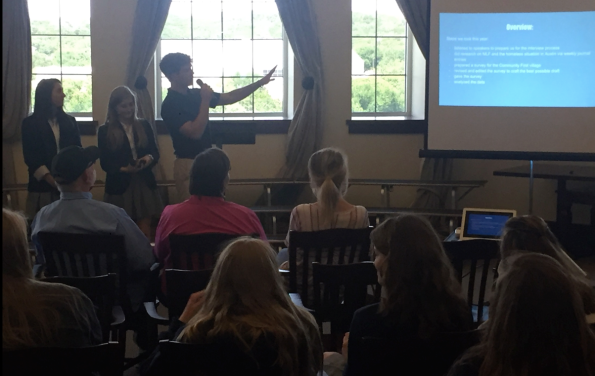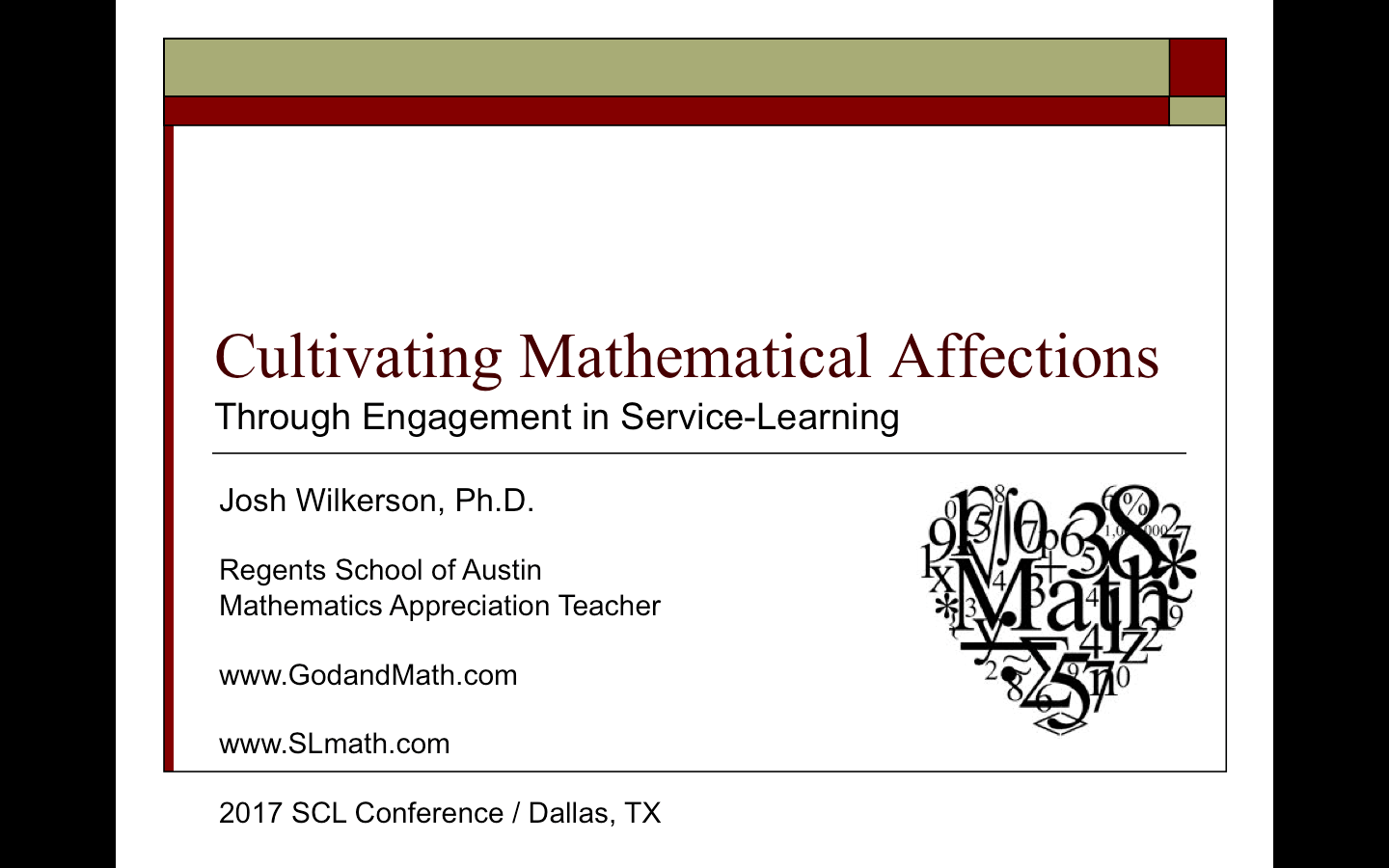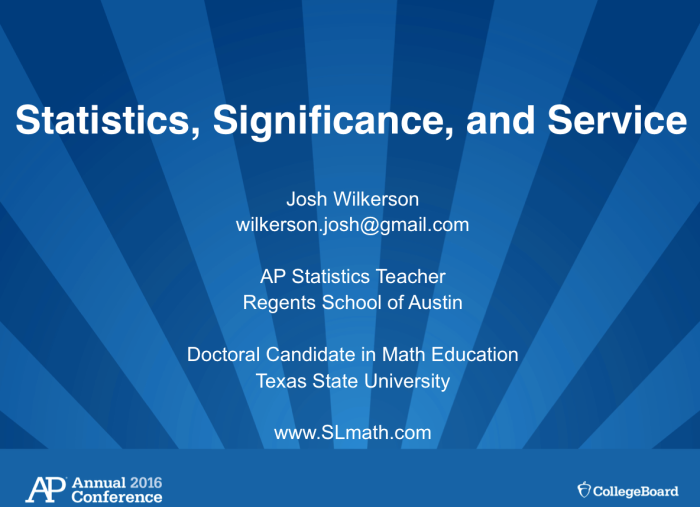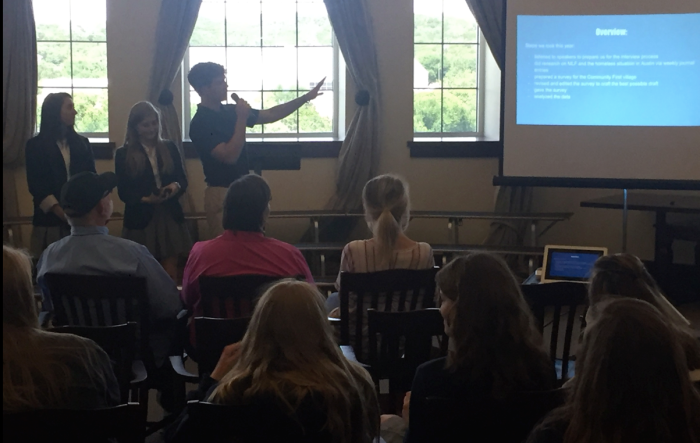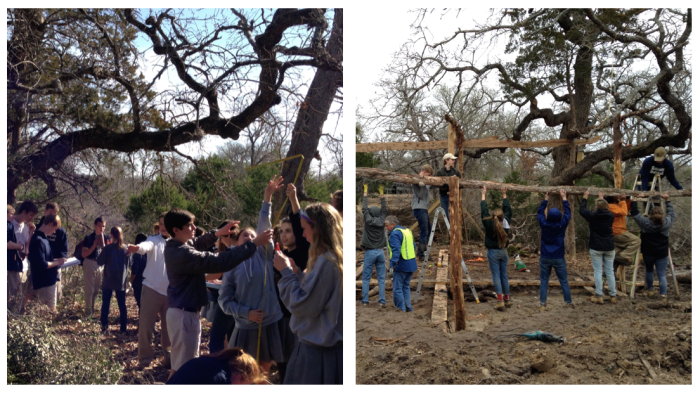
This week I am leading a workshop at the 2018 AP Annual Conference on “Statistics and Service-Learning” in Houston, TX. The talk is on integrating service-learning projects into AP Statistics curriculum, specifically with the goal of impacting students on an affective level.In addition to the resources that you will find below, feel free to check out some of the prior posts on service learning:
ABSTRACT:
This session will equip participants to design, implement, and evaluate AP Statistics service-learning projects in which students partner with nonprofit organizations in their local community. These projects synthesize the major concepts of experimental design, data analysis, and statistical inference in the real-world context of community service. Through these projects students integrate their conceptual understanding of statistics with the practical functioning of their local community, ultimately gaining a deeper appreciation for the role of statistics in the organization and evaluation of service societies.
PRESENTATION:
You can click the image below to find the PowerPoint that accompanied my presentation.
For many of the service-learning projects that my students have completed I am indebted to the willing partnership of Mobile Loaves and Fishes. Here is some introductory information on this great ministry:
Community First! Village Goes Beyond Housing for Austin Homeless, from the Austinot
10 THINGS TO CONSIDER BEFORE IMPLEMENTING A SERVICE-LEARNING PROJECT:
The following are the foundational questions that you as an instructor should consider and reflect upon prior to implementing a service-learning project. This list is not meant to be chronological though some aspects will naturally precede others. Start by considering the course learning objectives and your method of assessing those objectives and then go from there.
1.What are the major learning objectives/big ideas/enduring understandings for your course?
The purpose of the AP course in statistics is to introduce students to the major concepts and tools for collecting, analyzing and drawing conclusions from data. Students are exposed to four broad conceptual themes:
- Exploring Data: Describing patterns and departures from patterns
- Sampling and Experimentation: Planning and conducting a study
- Anticipating Patterns: Exploring random phenomena using probability and simulation
- Statistical Inference: Estimating population parameters and testing hypotheses
2. What are real-world situations where students can apply the concepts studied in your course?
- Identifying a non-profit service agency which requires survey research (program evaluation, client needs assessment, etc.)
- Students develop a survey instrument, conduct survey, compile and code data, analyze data, present results
3. List some potential community partners along with some basic descriptors that may impact how your students work with each partner (ex: What is the size of the organization? What issues does the organization address? Is the organization non-profit, governmental, religiously affiliated? Etc.) In lieu of a partner organization you can also consider a general community need for students to address. List some general descriptors of the project involved in addressing this community need.
4. Look for potential matches between organizations on your list from question 3 and your responses to questions 1 and 2. If there are multiple potential matches then consider the pros/cons of each and list them. Be sure to recognize how your matching affects the organization of the project (large scale as a class v. small scale as groups), which in turn may affect your response to question 5 below.
5. Once you have begun narrowing potential community partners that offer opportunities for students to interact with course content, consider how will you assess students? What will be the final product? What expectations will you have for students throughout the project and how will you communicate that to the students?
6. How will students be organized to meet the objectives that they will be assessed on? Will students work as individuals, teams, as a whole class?
7. How will students be equipped to complete the project successfully? What will they have gained from the course up to the point of assigning the project that will aid them? What additional tools/skills/knowledge will students need as the project proceeds?
8. What will be the timeframe for the project? How will students be held accountable to the timeframe? At what points will students receive feedback on their progress?
9. Why should students care about the project? What will you do as an instructor to get student buy-in on the project?
10. How will students reflect throughout the project? What opportunities will you provide for students to pause and consider the work they have done?
HANDOUTS:
From my AP Statistics Project 2018:
(Clicking the image above will take you to the students’ final presentation)
- MLF Project intro 2018
- Statistics Service Project Rubric – Proposal
- Final Report Rubric Spring
- Details on final paper
- APStatFinalSurvey
- Journal Prompts 2018
From my AP Statistics Project 2016-17:
- Overview Documents:
- Survey Documents:
- Proposal Documents:
- Final Report Documents:
- Reflection Documents:
- Rubrics:
- Final deliverables:
From my 2015-16 AP Statistics Project (Organized as an entire class project over the full year):
- Overview Documents:
- Survey Documents:
- Proposal Documents:
- Final Report Documents:
- Reflection Documents:
- Rubrics:
- Final deliverables:
From my 2014-15 AP Statistics Project (Organized as small group projects in the spring semester):
*NOTE: some documents above were also used in this project, either in the form in which they are posted above or in a slightly modified version
- For instructors: 10 step guide to service-learning in AP Stats
- Project Overview (including calendar and rubric)
- Project Checklist (condensed project steps from project overview)
- Initial Contact Email Template (to aid students in contacting organizations)
- Proposal Guidelines
- Sample Report 1 – Mission Possible Volunteer Analysis
- Sample Report 2 – Spiritual Growth Assessment for Austin Ridge Bible Church
- Fall Project 1 (from Josh Tabor)
- Fall Project 2
EXTERNAL RESOURCES:
- AP with WE Service-Learning for All
- Lynn Adsit’s blog on implementing a service-learning project in AP Stats
- Issue of PRIMUS Dedicated to Successful Service Learning Resources (Volume 23, Issue 6, 2013).
- Service-Learning Session from 2011 Joint Math Meetings (Organized by Dr. Crisman)
- Mathematics in Service to the Community: concepts and models for service learning in the mathematical sciences, Charles Robert Hadlock (MAA Notes Series)



